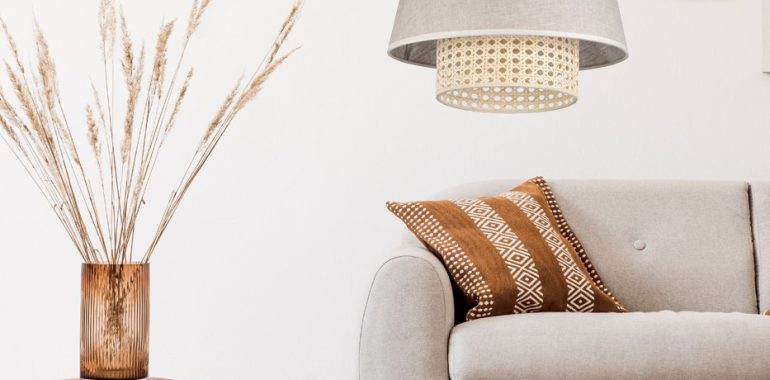Woven Bamboo: A Timeless Pattern and Sustainable Solution

Woven Bamboo: A Timeless Pattern and Sustainable Solution
Bamboo has been an essential material in many cultures for thousands of years. It is admired for its versatility, beauty, and sustainability. One of the many ways bamboo has been used is in woven patterns. Woven bamboo patterns have long been appreciated for their intricate designs as well as their beauty. This article will explore the history, significance, and sustainability of woven bamboo patterns.
History of Woven Bamboo
Woven bamboo patterns have a long and rich history. The patterns have been used in many different types of art and design, including clothing, jewelry, and furniture. Bamboo weaving has been practiced in China for over 5,000 years. It was used to create everyday household items such as baskets, mats, and screens. In Japan, bamboo weaving was also used in traditional craft professions such as tea whisk and fan making. Woven bamboo patterns are deeply rooted in Asian culture and have been admired and appreciated for centuries for their intricate and beautiful designs.
Significance of Woven Bamboo Patterns
Woven bamboo patterns have significant cultural, artistic, and practical significance. First and foremost, the patterns represent a connection to nature. Bamboo, being a sustainable and renewable resource, signifies life and growth. The patterns also reflect the balance between nature and humanity. By taking a natural resource and creating something practical and beautiful, the patterns represent the best of both worlds.
Woven bamboo patterns are also significant for their aesthetic value. The patterns are intricate and reflect the skilled workmanship of the creators. The details and designs are often symbolic and carry important cultural and spiritual meanings. Woven bamboo patterns are also used for functional purposes such as creating shade, privacy, and ventilation.
Sustainability of Woven Bamboo Patterns
In recent years, bamboo has gained popularity as a sustainable and eco-friendly material. Bamboo is a rapidly renewable resource and can grow up to 91cm per day. It requires less water and chemicals than other crops and is 100% biodegradable. This makes it an ideal material for woven bamboo patterns.
In addition, bamboo is also a versatile material that can be used in a variety of ways. It can be woven, molded, and shaped into many different forms. This means that woven bamboo patterns can be used in various applications such as wall coverings, furniture, and clothing. The durability and versatility of bamboo make it a sustainable alternative to many other materials.
Woven bamboo patterns are more than just a beautiful design. They represent a connection to nature, a reflection of human creativity, and a practical solution. The use of bamboo as a sustainable resource adds to the significance of woven bamboo patterns. The intricate designs and skilled workmanship of woven bamboo patterns have been appreciated for thousands of years and continue to be admired today. As our world continues to prioritize sustainability and eco-friendliness, woven bamboo patterns offer a timeless and sustainable solution.

